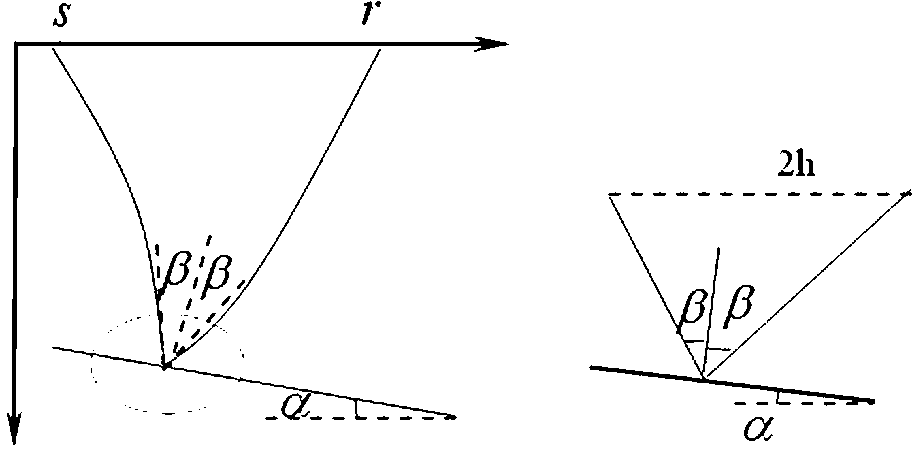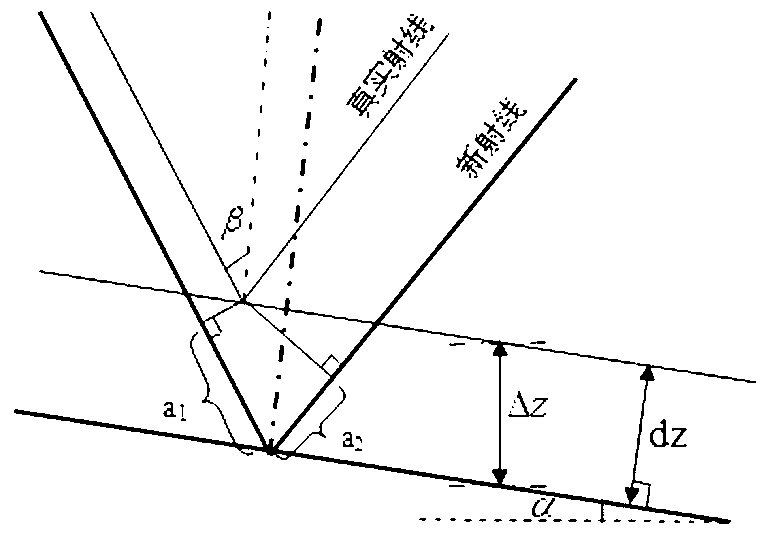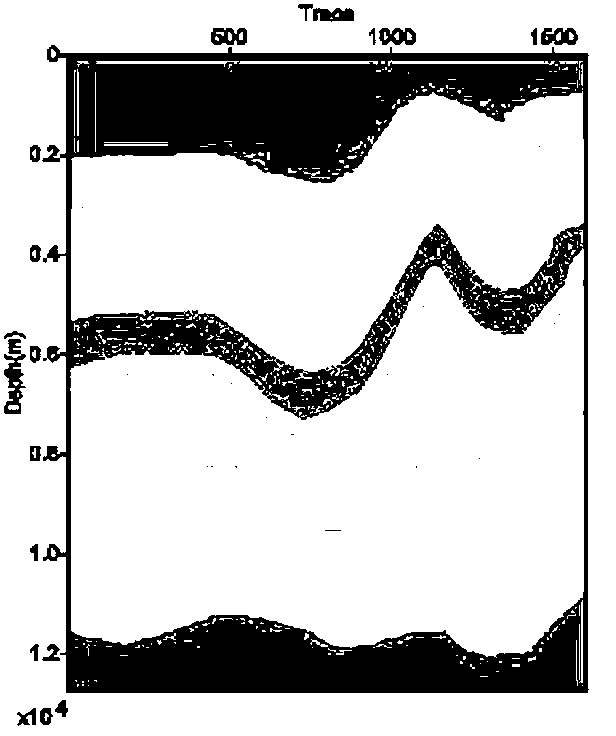Method for tomography velocity inversion based on angle domain common imaging gathers under complicated condition
A common imaging point gather and velocity inversion technology, which is applied in seismic signal processing and other directions, can solve problems such as inaccurate inversion results, inability to distinguish reflection events, and errors
- Summary
- Abstract
- Description
- Claims
- Application Information
AI Technical Summary
Problems solved by technology
Method used
Image
Examples
Embodiment Construction
[0067] Based on the above principle analysis and the strategy of velocity analysis along the layer, the flow of the tomographic velocity inversion method based on the common imaging point gather in the angle domain under complex conditions can be summarized as follows:
[0068] (a) The velocity model obtained by conventional velocity analysis is used as the initial velocity model, and the common image point gather in the angle domain is extracted based on the double square root continuation prestack depth migration method.
[0069] (b) Pick the remaining depth difference from the extracted common imaging point gather in the angle domain, and calculate the travel time residual.
[0070] (c) Pick the horizon interface on the migration section, establish the reference velocity model required for ray tracing forward modeling, and then use the ray tracing method of the undulating surface to obtain the sensitivity matrix.
[0071] (d) The travel time residual and the sensitivity mat...
PUM
 Login to View More
Login to View More Abstract
Description
Claims
Application Information
 Login to View More
Login to View More - R&D
- Intellectual Property
- Life Sciences
- Materials
- Tech Scout
- Unparalleled Data Quality
- Higher Quality Content
- 60% Fewer Hallucinations
Browse by: Latest US Patents, China's latest patents, Technical Efficacy Thesaurus, Application Domain, Technology Topic, Popular Technical Reports.
© 2025 PatSnap. All rights reserved.Legal|Privacy policy|Modern Slavery Act Transparency Statement|Sitemap|About US| Contact US: help@patsnap.com



